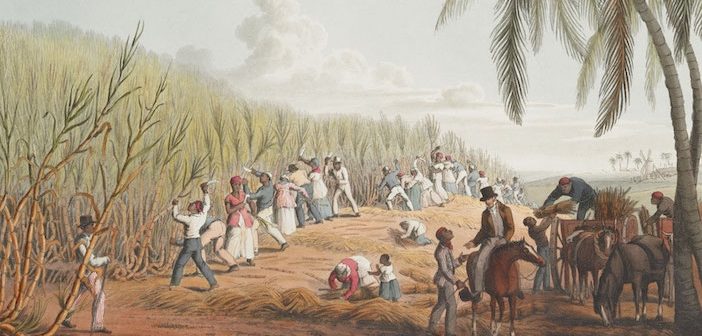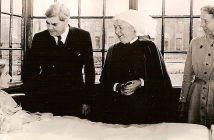Ever since Zadie Smith burst on to the literary scene with her deservedly award winning first novel White Teeth, mostly written while she was still an undergraduate at Cambridge, she has focussed on contemporary themes, especially multiculturalism and racial identity, in places as far apart as London and Boston. This is perhaps hardly surprising given her own family background with a Jamaican mother and an English father.
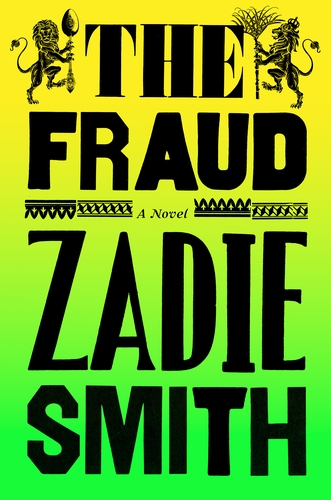 Her latest book The Fraud sees a dramatic change of direction – an historical novel partly set in 19th Century London and centred on the case of the Tichborne Claimant and literary circles in London and partly on slavery in Jamaica. It might be set in the past but the book still comes with the feisty vibrant style, entertaining dialogues, witty and satirical asides, that characterise Smith’s previous novels. The plotting is as complex as her earlier work and she weaves a path that creates a web of interconnections, often quite unsuspected.
Her latest book The Fraud sees a dramatic change of direction – an historical novel partly set in 19th Century London and centred on the case of the Tichborne Claimant and literary circles in London and partly on slavery in Jamaica. It might be set in the past but the book still comes with the feisty vibrant style, entertaining dialogues, witty and satirical asides, that characterise Smith’s previous novels. The plotting is as complex as her earlier work and she weaves a path that creates a web of interconnections, often quite unsuspected.
The literary element of the plot is set in what in the 1860s was the leafy suburb of Willesden. Now largely working class, Willesden not only provided the setting for White Teeth it was also where Smith grew up. The literary circle of her story is centred on the then successful, now long-forgotten, novelist William Ainsworth who was patron to the young Charles Dickens and even outsold him for a period. For Zadie Smith, having any involvement with Dickens was a challenge ever since the family saga she created so successfully in White Teeth resulted in some literary critics declaring she was potentially a contemporary heir to Dickens. However, as she made clear in an essay in The New Yorker, despite saying ‘no Dickens’, she could never escape from him when doing her research on 19th Century London.
The most important character in this literary circle turns out to be Eliza Touchet, Ainsworth’s housekeeper, a better judge of literature than her longstanding employer and a real-life person whose grave the author visited. Understandably, Zadie Smith saw in the name Touchet a Dickensian word game – touché. That said, one of the most successful and moving parts of the book are those about the relationships between Ainsworth, his wife and Eliza Touchet. As for links with the Tichborne case, the street where Dickens lived at one point was part of the Tichborne estate. And as for the Jamaican connection, Ainsworth was considering writing a book set in Jamaica and the future of Jamaica was debated at the Ainsworth dinner table with Dickens on the wrong side of the debate.
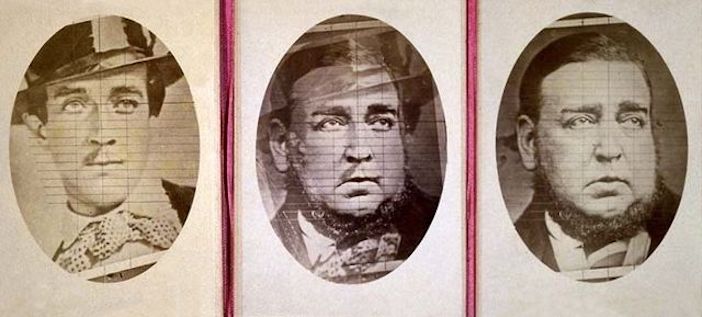
The blended image (centre) was said by the Claimant’s supporters to prove that Roger Tichborne (left, in 1853) and the Claimant (right, in 1874) were one and the same person (courtesy Wikipedia)
The Tichborne case was a Victorian cause célèbre that kept the newspapers and pamphleteers in business and the public much entertained from 1866 to 1874. The heir to the Tichborne baronetcy had disappeared, believed lost at sea, when in 1866 a butcher from Australia, sometimes called Thomas Castro and sometimes Arthur Orton, appeared in London claiming to be the missing baronet. The case of the so-called Tichborne Claimant dragged on until 1874 when the court found him guilty of perjury. The case is of great interest at the Ainsworth dinner table because a key witness for the Claimant is the elderly Andrew Bogle, once a valet in the Tichborne household and a onetime slave in Jamaica, whom Eliza Touchet takes under her wing. His measured witness statements are still to be found in the records of the court case and it is from the fraud attempted by the Tichborne Claimant that Zadie Smith has taken the title of her novel.
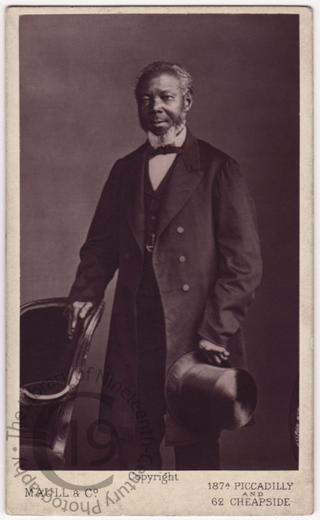
Andrew Bogle (Library of 19th c. photography)
The story of Andrew Bogle dominates the second half of the book and reaches back into the 18th Century as Zadie Smith recreates the experiences of Bogle and his family struggling to survive and build some kind of life for themselves despite the cruelties and injustices of plantation slavery in Jamaica. Freedom from this tyranny was a long time coming. Full emancipation did not take place until 1838, 31 years after the abolition of the slave trade in 1807.
This part of the book could almost be a story on its own. As one might expect it provides some of the most shocking and moving parts of The Fraud. Without it, the richness of Smith’s narrative would be undermined and the connection to what follows would be lost, especially the remarkable dignity which Bogle displays despite his terrible experiences.

Zadie Smith (photo by Dominique Nabokov)
Fans of Zadie Smith’s writing will most certainly enjoy this entertaining foray into historical fiction. Those who have not encountered her before will find this as good an introduction to her writing as any of her contemporary novels.
As in all her books the characters are well drawn, there is much humour and the atmosphere of literary Victorian London as well as plantation slavery in Jamaica are brilliantly drawn. With the former, she captures and satirises the pretension and snobbery, social and intellectual, that so frequently afflicts such groups.
With the latter, she portrays the unthinking racism and casual brutality that characterised slave life on a plantation. As for the Tichborne case she lays bare the self-serving pomposity of many of those involved. For all its satire and humour this book does not shy away from confronting the social and racial issues of the time, some of which we are still confronted with today. It is a wonderful read. As for Mr Dickens, despite finding him ‘everywhere like the weather’, Zadie Smith restricts him to a ‘walk-on part’ not ‘making any witty speeches or imparting any wisdom’.
The Fraud by Zadie Smith is out now, published by Penguin Press, £20, available from all good stockists.

